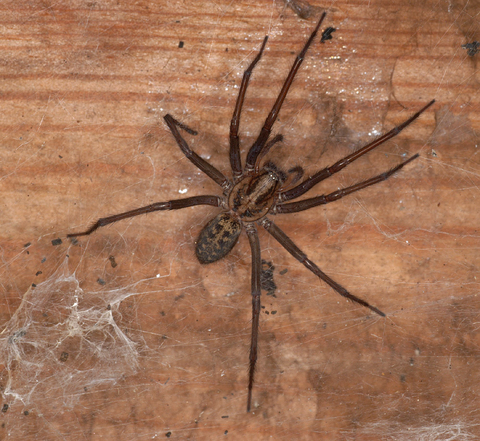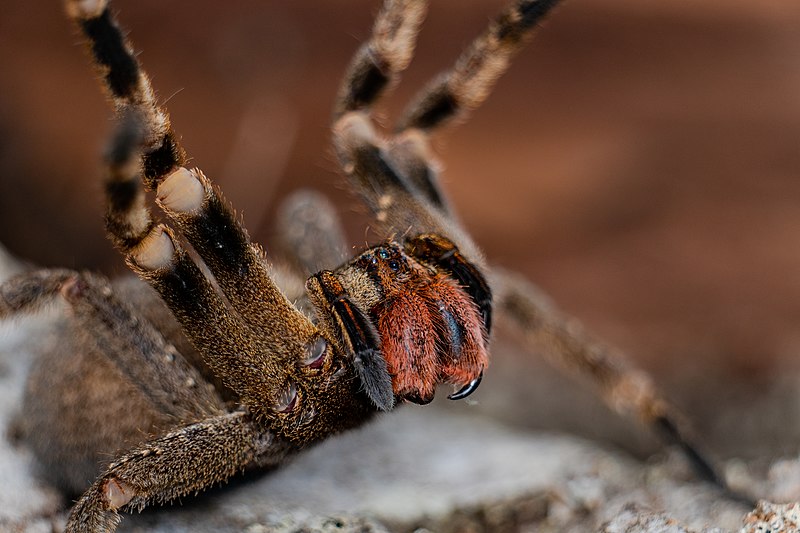Exploring the Speed of Spiders: How Fast Can These Eight-Legged Creatures Move?
Spiders, those eight-legged creatures that often evoke a mix of fascination and fear, are renowned for their diverse characteristics and behaviors. One of the intriguing aspects that often captures our curiosity is their speed. How fast is a spider? In this article, we'll delve into the world of arachnid locomotion, examining the factors that influence their speed and showcasing some of the fastest spider species. By the end, you'll gain a comprehensive understanding of just how swiftly these creatures can move.
I. Anatomy and Locomotion
To comprehend a spider's speed, it's vital to first grasp its anatomy and locomotion mechanisms. Spiders belong to the arachnid class and possess an exoskeleton that consists of two main parts: the cephalothorax and the abdomen. Their eight legs are attached to the cephalothorax, and these legs play a pivotal role in their movement. Unlike insects, spiders do not have wings, and their locomotion is entirely reliant on leg movement.

Spider
II. Factors Influencing Spider Speed
Several factors contribute to the speed of spiders:
1. Species: Different spider species exhibit varying speeds. For instance, the Wolf spider is known for its rapid and agile movements, while orb-weaver spiders are generally slower due to their web-building nature.
2. Size: Size matters when it comes to spider speed. Smaller spiders tend to move faster than larger ones, as their lighter bodies allow for quicker motion.
3. Leg Length: The length of a spider's legs affects its speed. Longer legs provide greater stride length, allowing for faster movement.
4. Environment: The spider's habitat greatly influences its speed. Species that reside in open spaces might have evolved to be faster runners, while those adapted to weaving intricate webs may prioritize other traits over speed.
III. Measuring Spider Speed
Researchers use various methods to measure spider speed:
1. Stopwatch Method: This basic approach involves manually timing a spider as it moves a fixed distance. While simple, this method may not account for sudden changes in direction or acceleration.
2. High-Speed Cameras: Advanced technology like high-speed cameras captures detailed footage of spiders in motion, allowing for precise calculations of their speed and movement patterns.
IV. Fastest Spider Species
Several spider species have gained notoriety for their impressive speed:
1. Brazilian Wandering Spider (Phoneutria): Known for its potent venom, this spider is also one of the fastest. It can cover significant ground quickly, making it a formidable predator.

Phoneutria
2. Cheetah Spider (Mimetidae family): Despite its small size, this spider is aptly named due to its remarkable speed. It's a clever predator that mimics prey to catch other spiders off guard.
3. Wolf Spider (Lycosidae family): As ground hunters, wolf spiders are agile runners. They pursue their prey with remarkable speed, often pouncing from a distance to catch insects.

Wolf Spider
V. Adaptations for Speed
Spiders have evolved various adaptations to enhance their speed:
1. Muscle Structure: Spiders possess unique muscle structures that enable rapid and coordinated leg movement. Their muscles contract differently from those of vertebrates, contributing to their distinctive gait.
2. Sensory Organs: Spiders use sensory organs on their legs to gather information about their surroundings, helping them navigate and react swiftly to changes.
VI. Conclusion
In the world of arachnids, speed is a crucial attribute that enables survival, predation, and reproduction. While the speed of spiders varies across species, their fascinating adaptations and behaviors continue to captivate scientists and enthusiasts alike. From the lightning-fast Brazilian Wandering Spider to the crafty Cheetah Spider, these creatures prove that there's more to them than meets the eye.
So, the next time you spot a spider scurrying across the floor, take a moment to appreciate the incredible capabilities that allow it to move so swiftly in its miniature world.